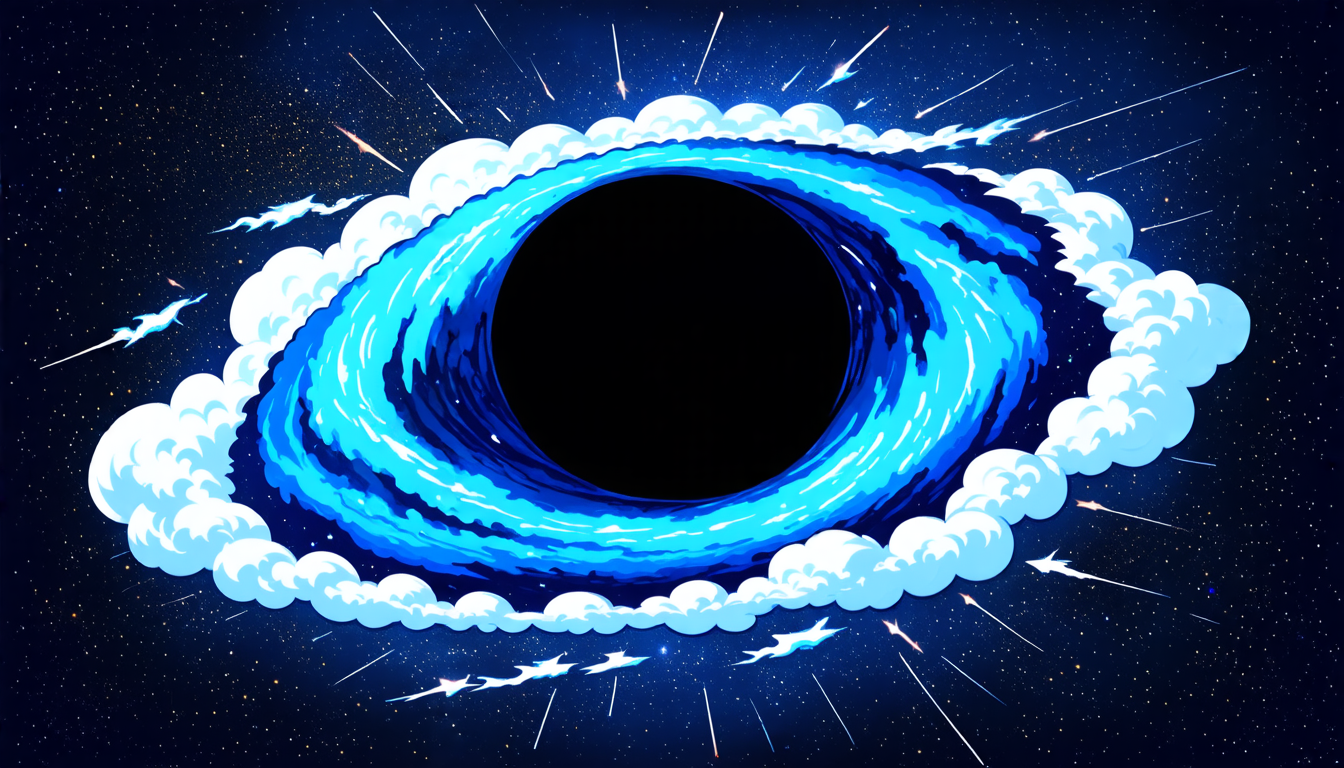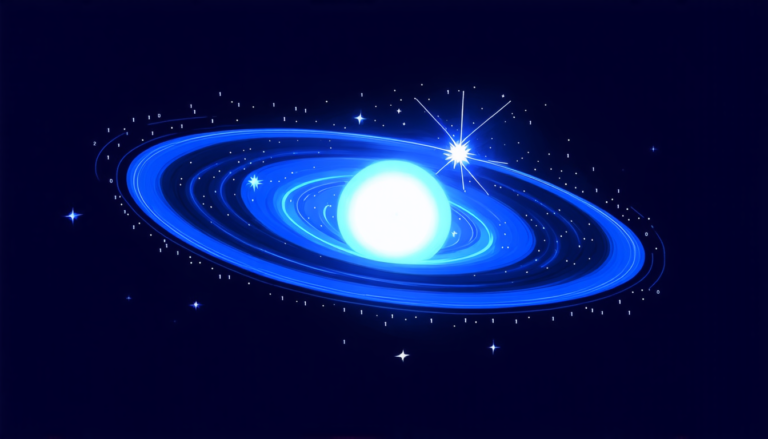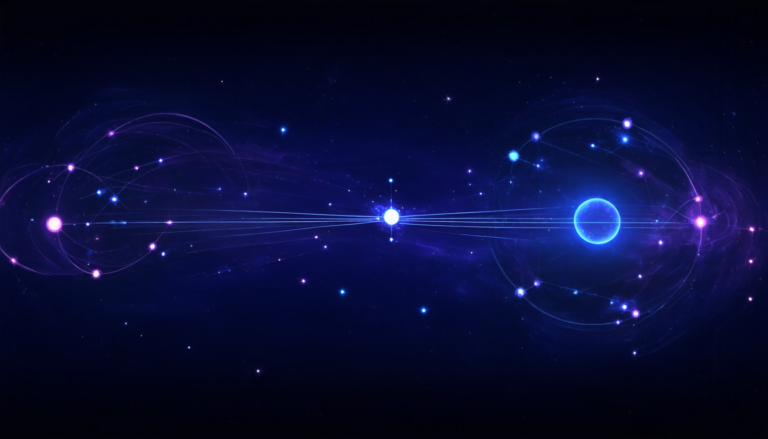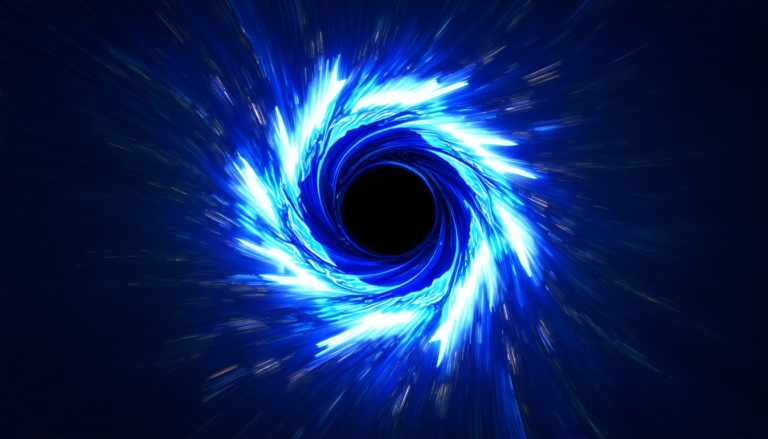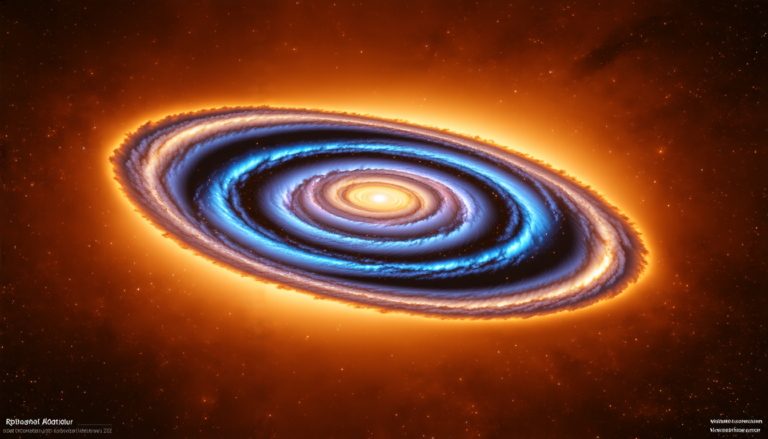Tuesday 29 July 2025
Scientists have long been stumped by a mysterious phenomenon in the universe: where do high-energy cosmic rays come from? These particles, which can travel millions of miles per second, are thought to be accelerated by powerful astrophysical sources, but identifying these sources has proven to be a daunting task.
Recently, researchers made a breakthrough discovery that sheds new light on this enigma. By analyzing data from the IceCube detector at the South Pole, scientists detected a neutrino event that suggests a possible source of high-energy cosmic rays: radio-quiet active galactic nuclei (AGN).
Active galactic nuclei are incredibly luminous objects that reside at the centers of galaxies and are powered by supermassive black holes. These black holes can be tens of millions of times more massive than our own sun, and their intense gravitational pull warps the fabric of space-time around them.
For decades, scientists have suspected that AGN could be responsible for accelerating cosmic rays, but direct evidence has been lacking. The IceCube detector, which is designed to detect high-energy neutrinos produced by interactions between cosmic rays and matter, has finally provided a crucial clue.
The detected neutrino event, known as IceCube-200615A, was observed on June 15, 2020, and was found to be likely of astrophysical origin. By analyzing the data from this event, scientists were able to pinpoint the direction from which it came: towards a region of the sky containing several radio-quiet AGN.
Further investigation revealed that one of these AGN, known as 1RXS J093117.6+033146, was the most likely source of the neutrino event. This object is thought to be powered by a supermassive black hole with a mass of approximately 100 million times that of our sun.
The implications of this discovery are significant. If confirmed, it would provide strong evidence that radio-quiet AGN can accelerate high-energy cosmic rays, which could have far-reaching consequences for our understanding of the universe.
This finding also highlights the importance of multi-messenger astronomy, where scientists use data from multiple observatories to study astrophysical phenomena. By combining data from IceCube with observations from other telescopes and detectors, scientists can gain a more complete understanding of the universe and its many mysteries.
The search for high-energy cosmic rays and their sources is an ongoing one, but this discovery marks a significant step forward in our quest to understand these enigmatic particles.
Cite this article: “Mysterious Cosmic Rays Tracked Back to Powerful Black Holes”, The Science Archive, 2025.
Cosmic Rays, High-Energy, Neutrinos, Astrophysical Sources, Active Galactic Nuclei, Supermassive Black Holes, Icecube Detector, Multi-Messenger Astronomy, Radio-Quiet Agn, Universe Mysteries.

